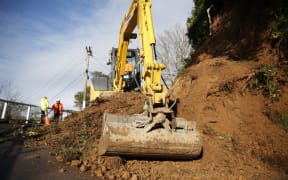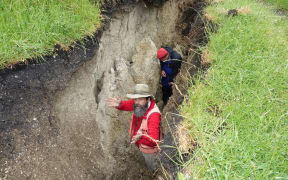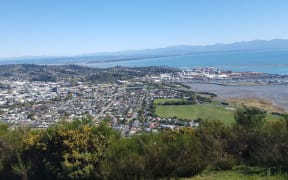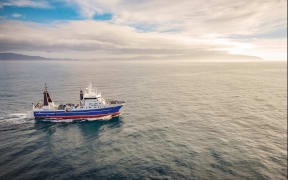A research voyage to monitor Kaikōura's sea-canyon starts today, after November's earthquake caused huge underwater mudslides.
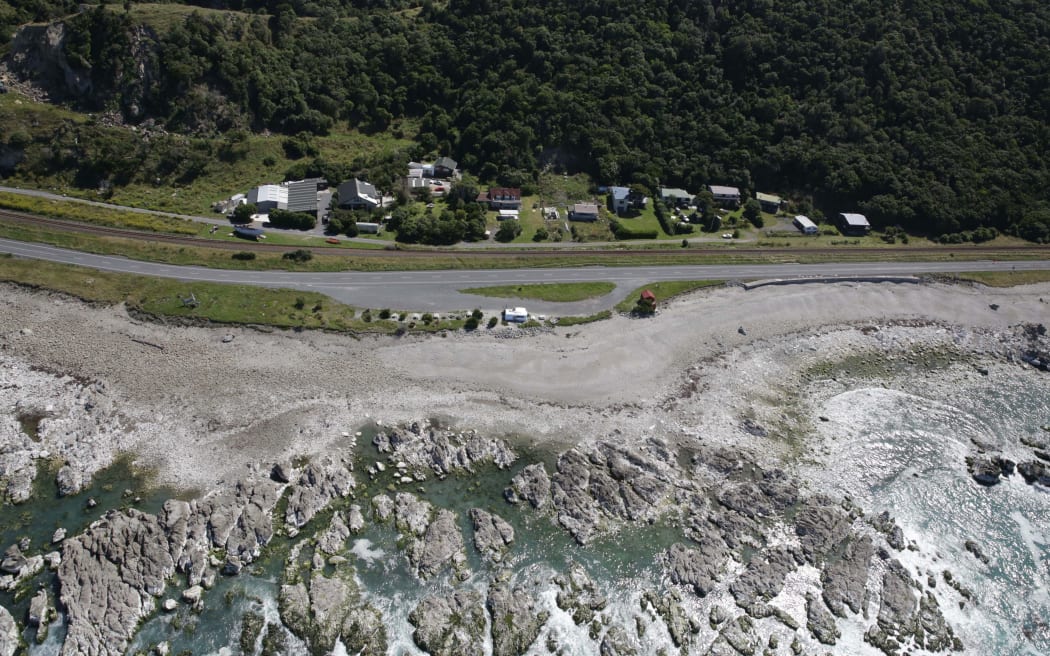
The earthquake raised the seabed and caused massive submarine mudslides Photo: RNZ / Rebekah Parsons-King
A team of scientists and technicians from the National Institute of Water and Atmospheric Research will embark on a two week-long trip on the research vessel Tangaroa.
NIWA marine geologist Joshu Mountjoy said they would be taking core samples and using underwater cameras to collect data from the seafloor to better understand how the mudslides affected deepsea ecosystems and the structure of the canyon.
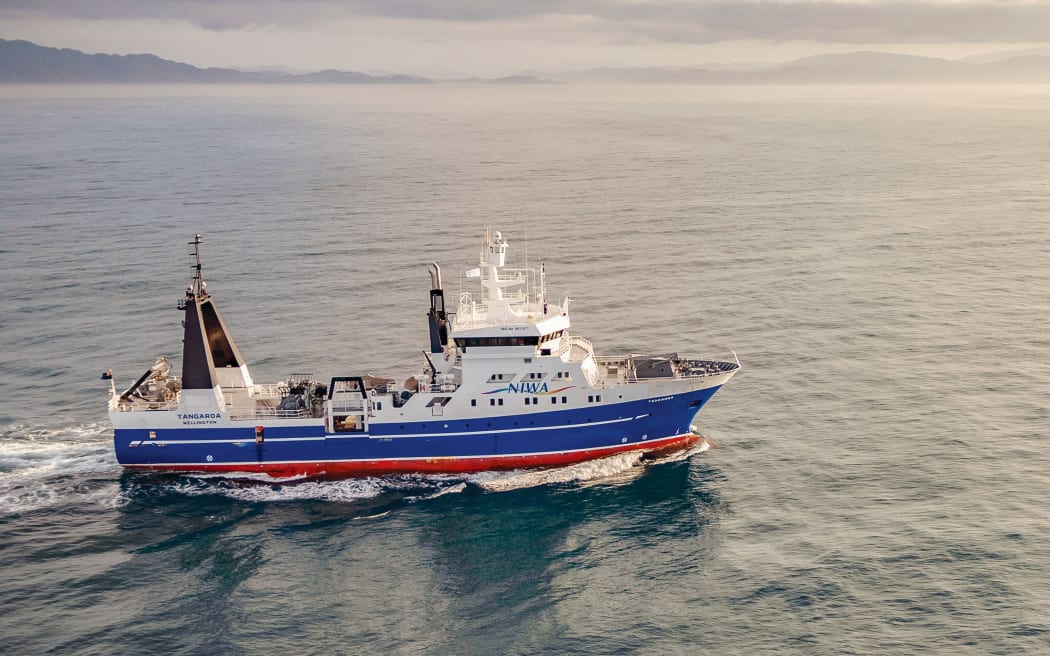
NIWA's research vessel Tangaroa Photo: NIWA
Dr Mountjoy said a survey shortly after the quake found the mudslides had wiped out all organisms living on the seabed - and they wanted to see if there had been any changes.
"The key thing - especially for the biology - is how is this system going to recover over the longer term.
"So over the next 10 years, how are these animals going to starts to re-establish their home in the mud in the canyon?"
He said this would be the third research voyage NIWA had conducted at the canyon since the quake, and it planned to monitor the area for decades.
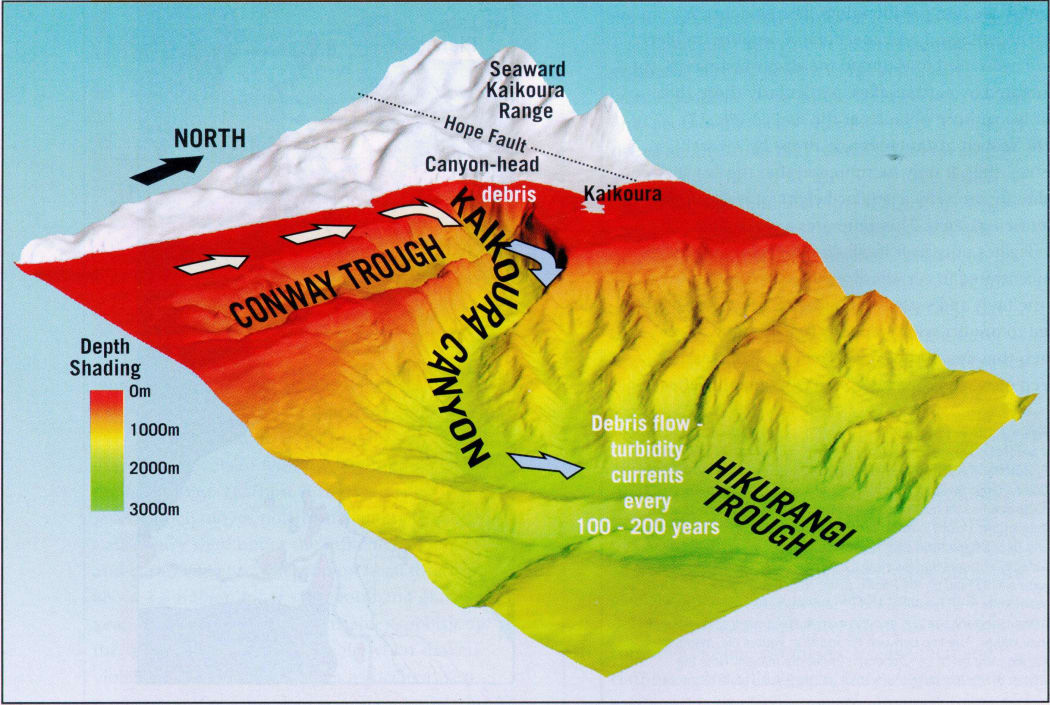
A model of the Kaikōura canyon Photo: NIWA
The Kaikōura canyon is one of around 660 such submarine canyons. During earlier research by NIWA and a team from the US, scientists found the canyon had one of the highest volumes of seabed organisms anywhere in the world. Before the earthquake, the seabed was covered with burrows, tracks, and pits. After the quake, a 6 kilometre stretch of the seabed from the coast was left barren and surveys found not one instance of an organism living on or in the seabed.
